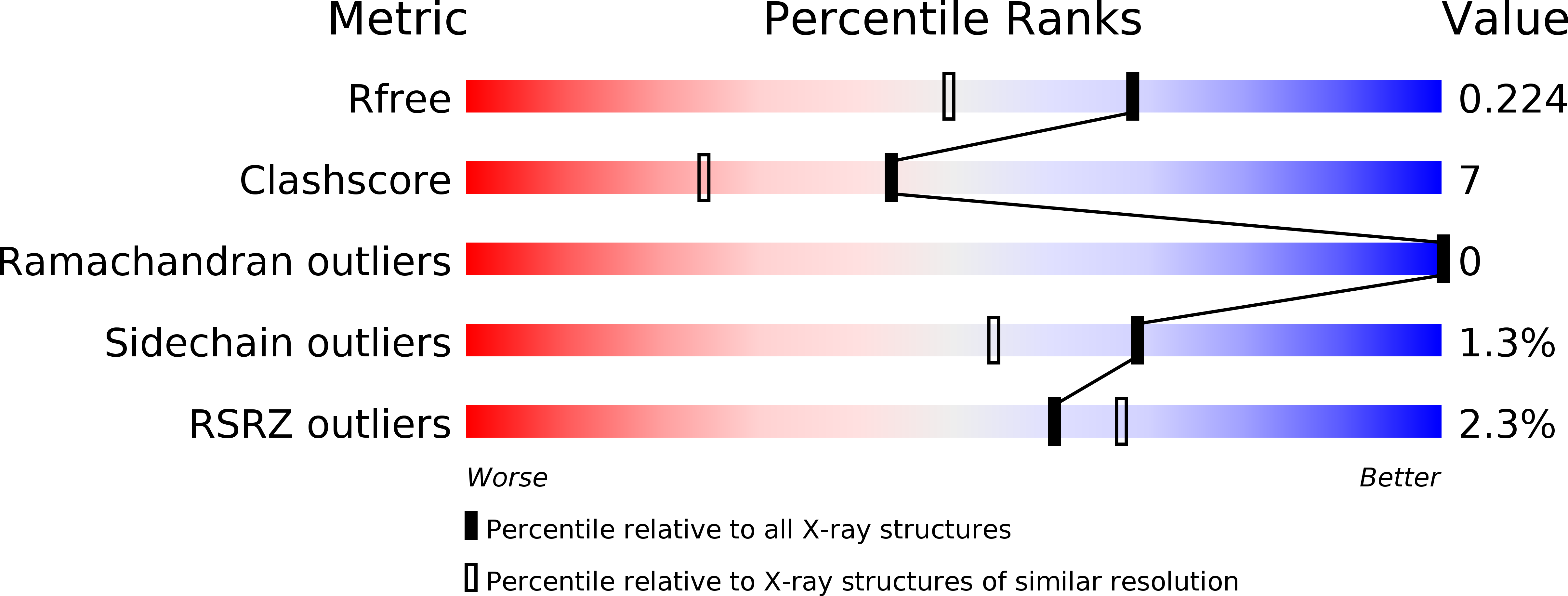
Deposition Date
2019-08-04
Release Date
2019-11-20
Last Version Date
2024-05-15
Entry Detail
PDB ID:
6SGF
Keywords:
Title:
Molecular insight into a new low affinity xylan binding module CBM86, from the xylanolytic gut symbiont Roseburia intestinalis.
Biological Source:
Source Organism:
Roseburia intestinalis L1-82 (Taxon ID: 536231)
Host Organism:
Method Details:
Experimental Method:
Resolution:
1.76 Å
R-Value Free:
0.22
R-Value Work:
0.17
R-Value Observed:
0.18
Space Group:
P 65


